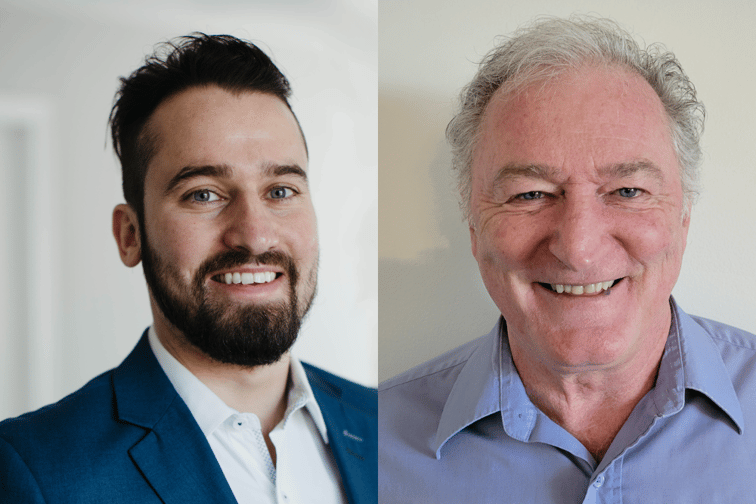

For those in the hospitality insurance and liability fields, COVID-related restrictions and shutdowns that had a sizeable impact on the industry are a relic of the past as the market has sprung back to life again.
“There are a lot of new players in the market right now who feel comfortable writing business,” said Dan Lopes (pictured left), SUM Insurance’s assistant vice president on the Toronto, commercial general liability team.
“Pricing is staying pretty firm. We have witnessed a slight softening, but, on the property side, there are the wildfire losses at West to be mindful of, as well as the five firebombs in downtown Montreal that happened two weeks ago,” added Bob Bousfield (pictured right), SUM Insurance’s vice president and property practice leader.
Lopes has also noticed that when new players are entering the hospitality space, they are doing so cautiously and putting caps on the coverage limits they offer.
“A lot of insurers don’t allow live music and some of them cap the liquor percentage at 60 or 70%,” he said.
“Insurers are implementing these rules or guidelines to kind of weed out some of the clients they don’t want and are looking to have a more stable risk profile. Where there is loud music, there is an expectation of more drunken slips and falls.”
In an interview with Insurance Business, Lopes and Bousfield spoke about why it is important to assess risk and liability in the hospitality space by geographic location and how the risk profile is changing in the sector.
When writing coverage for the hospitality sector, one must be mindful of the exact geographic location of a potential client and cater the coverage accordingly.
“Liability concerns in Ontario are different than those in Quebec,” Bousfield said.
“In Ontario, an insurer is more worried of someone driving drunk after leaving an establishment and causing a catastrophic loss… whereas in Quebec, there’s no legal recourse to go and sue the pants off somebody in the event of such a tragedy due to no-fault auto insurance plans. There’s less exposure on the general liability side there, but that is made up for with property liability.”
There is hope that if MGAs and MGUs continue to grab a sizeable portion of the business that’s written within the country, regional specialization will be achieved much easier.
“Twenty per cent (20%) of Canadian business of its written through MGAs — but in the US, it’s closer to 50%. I’m expecting that number to rise so that the specialists in the MGA sector that will have a hand in writing a larger portion nationwide,” Bousfield said.
“There needs to be more regional knowledge of what’s going on in the market —you would want to have a smaller news station report on local affairs instead of one from Toronto that provides news for the whole country.”
Lopes noted how younger generations are consuming less alcohol, which is positively affecting a hospitality establishment’s risk and liability profile.
“There is less of a chance of liability caused by drunk driving if they are not indulging in alcohol as much,” Lopes said.
“And even in more metropolitan areas, ride share apps like Uber are widely available, which makes getting home less potentially catastrophic.”
The adoption of commercial air fryers as an alternative to the standard deep fryer is resulting in potential fire damages being diminished too.
Elsewhere, Bousfield has noticed how businesses are keener on listening to an insurance professional’s risk mitigation advice, especially if it involves technological tools that can also save money.
“I worked with a restaurant based in New Brunswick that had installed a new automatic fire extinguishing system that performs the same duties as a standard system but can also save the business some money,” he said.
“I think it’s important that we [as insurance professionals] try to encourage a new restaurant to minimize costs and maximize profits, which a lot of the time goes hand-in-hand with what we do on the loss control side.”
However, when the market softens and more competition arises, businesses tend to become a little less strict on following all an insurer’s coverage requirements and may shop elsewhere.
“When the market gets softer, people can lose their better judgement, and some of those best practices are not enforced,” Bousfield said.
“While a client can save some money with a carrier that does not provide thorough risk assessments, in the long run, those specialty insurance companies will continue to provide capacity even in a hardened market because of astute loss control tactics that are consistently followed.”
